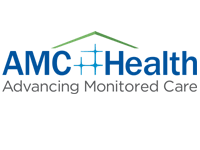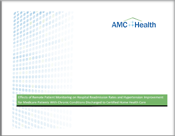Resource:
Effects of Remote Patient Monitoring on Hospital Readmission Rates and Hypertension Improvement
Read in-depth details on how certified home health agency nurses used Remote Patient Monitoring to reduce readmissions by 47%.
Abstract
933 episodes of Certified Home Health Agency (CHHA) care over a one-year study period included remote patient monitoring (RPM) upon discharge from the hospital. Every patient in these episodes had at least one chronic diagnosis (including heat failure, diabetes, COPD, asthma, hypertension coronary artery disease, atrial fibrillation or renal disease) and deemed at high risk of readmission to the hospital. Those receiving RPM were provided with store-and-forward monitoring devices in the home to transmit biometric readings (including blood pressure, pulse, weight, and O2 saturation) to a centralized web portal. They also received telephonic interactive voice response questionnaires to collect data on symptoms, behavior, resources and environment.
CHHA nurse care managers used the data gleaned from these processes to track patients’ health status, provide health coaching as appropriate, and forward data to the patients’ physicians as necessary. The readmission rate for the RPM episodes during the study period was 9.1% representing a 47% decrease from the overall readmission rate reported to CMS (Centers for Medicare & Medicaid Services) by the CHHA for the year prior to the introduction of RPM. For a subset who remained on RPM long enough to calculate hypertension improvement over time, the majority of non-diabetic patients deemed hypertensive at baseline reached blood pressure targets set by their care managers by the last 30 days on RPM.
The results in this study will demonstrate that RPM is effective at reducing the risk of readmission compared to usual care. Download to learn more.

